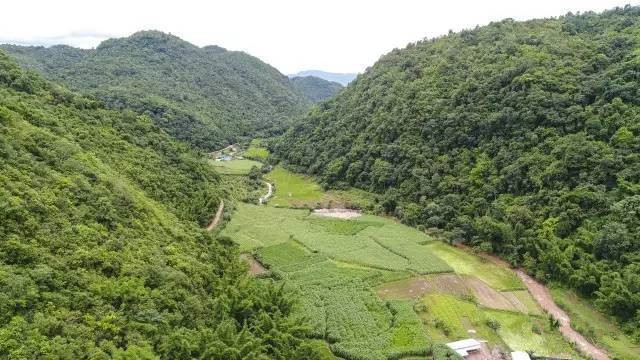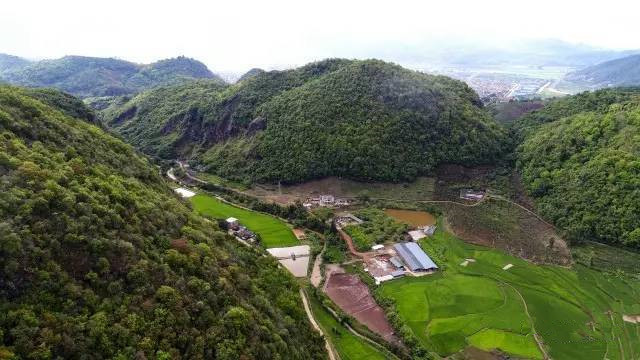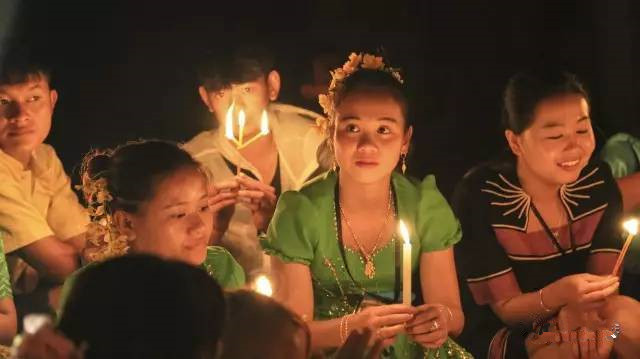Heya Village in Menglian County, Puer
Chinese Name:普洱孟连傣族拉祜族佤族自治县娜允镇的娜允村行政村贺雅村
English Name: Heya Village in Menglian County, Puer
Overview
Heya Village, characterized by its abundant greenery and rich storytelling, presents a scenic and serene landscape. The village is enveloped by lush mountains and rivers, with each step revealing a new story. Heya Village is relatively small, akin to a hidden cave whose destination is unknown, but it quietly preserves its beauty through the ages.
Legend and Origin
According to legend, the heavens bestowed upon the people of Heya a unique herb with detoxifying properties, known in the Dai language as “Yadi Huya,” abbreviated as “Heya” in Mandarin, meaning “antidote.” To express their gratitude for this divine gift, the ancestors of the villagers named their village after the herb, resulting in the name Heya Village.
The people of Heya use this herb to detoxify themselves from any harmful substances they might ingest. Whether consumed as a potion or used in steaming baths, it helps cleanse the body and promotes health. Despite its remarkable properties, this herb does not grow outside of Heya Village. The demand for it from neighboring regions and countries like Thailand and Myanmar has led to the villagers cultivating and selling it, which has improved their standard of living. The herb’s reputation and its export to other countries stand as proof of its effectiveness.
Historical Background
Heya Village, located just 5 kilometers from the county seat of Menglian, was originally a small settlement with only six households. Over time, it has developed into a village renowned for its unique herb and its historical significance. The naming paradox of Heya Village—whether the village is named after the herb or vice versa—remains a point of curiosity. However, it is generally believed that the herb existed first, giving rise to the village’s name.
During the era of the Menglian chieftains, Heya Village, with its clear rivers and lush environment, was designated as an elephant training ground. This added to the village’s responsibilities beyond agriculture, including caring for elephants for the local Dai king. A small slope near the village, known as Rolling Elephant Slope, is named after the last elephant of the chieftain that fell from this spot, a name that has endured since the early 20th century.
Visiting Heya Village
To reach Heya Village, travelers once had to traverse a winding road and cross a swaying suspension bridge over the Nanlei River. After passing through dense forests, the landscape opens up, revealing a broader expanse with clear rivers, golden rice fields, winding roads, and vibrant local life. The transition from the dense greenery to the village is marked by the sight of bananas growing abundantly in the fields and the large, shade-providing leaves.
Upon arriving at the village, one encounters the solemn and ancient Heya Buddhist Temple, a testament to the village’s long-standing spiritual heritage. The temple, with its deep black roof tiles and large Bodhi trees, has stood for many years. The Dai people traditionally build temples before settling in an area, and their belief in Theravada Buddhism emphasizes non-violence and ethical conduct.
Architectural and Cultural Features
Heya Village is known for its well-preserved Dai architecture, characterized by high, sloping roofs with distinctive eaves. The village’s traditional homes and cultural practices reflect its rich heritage. A newly paved cement road facilitates travel through the village, offering views of its layered and intricate layout.
The village is surrounded by green mountains, resembling a gourd painted by a divine entity. The narrow approach road, likened to a thin vine, connects the village with the outside world. The occasional crow of a rooster adds to the village’s pastoral charm, creating a sense of connection with the broader world.
Travel Tips for Autumn
- Footwear: Avoid wearing leather shoes, new shoes, high heels, or sandals for mountain hiking. Opt for lightweight hiking shoes, travel shoes, or waterproof shoes, paired with thick cotton socks to prevent blisters and injuries.
- For Seniors: Take it easy and hike at a comfortable pace. Consider using a walking stick for added support on uneven terrain.
- Snacks and Hydration: Bring high-energy snacks like chocolate, large flatbreads, eggs, or peeled peanuts to replenish energy. Sour plums can be refreshing and invigorating. Carry enough water to stay hydrated but not so much that it becomes a burden.














